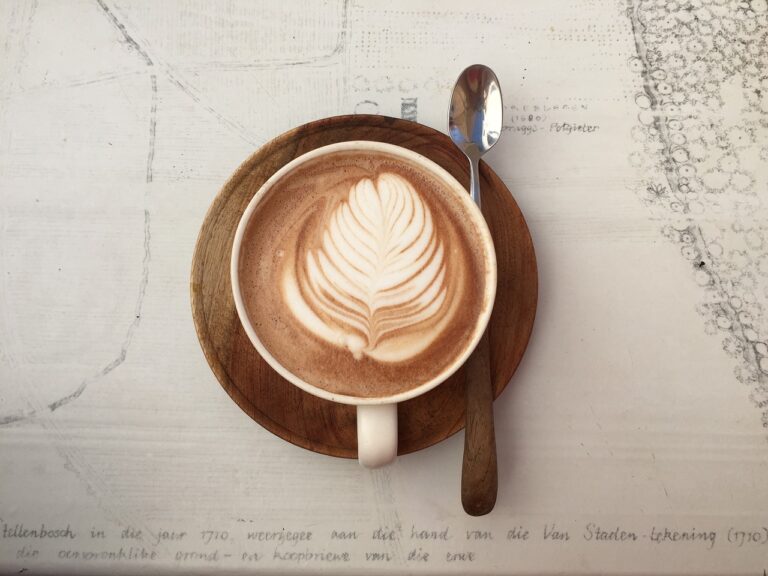The Psychology of Color in Retail Store Design
Color plays a crucial role in shaping consumer behavior and preferences. Research shows that different colors evoke distinct emotions and responses in individuals. For instance, warm colors like red and orange are often associated with energy and excitement, while cool colors like blue and green convey a sense of calm and trust. Understanding the psychological impact of colors can help businesses effectively communicate their brand message and influence purchasing decisions.
In marketing, the strategic use of color can enhance brand recognition and create a memorable visual identity. Companies carefully select colors for their logos, packaging, and advertising materials to portray specific attributes and values. By incorporating color psychology into their branding strategies, businesses can establish emotional connections with consumers and drive engagement. Ultimately, the thoughtful application of color theory can be a powerful tool in influencing consumer perceptions and behaviors.
The Impact of Color on Purchasing Decisions
Color plays a pivotal role in shaping consumers’ purchasing decisions. Research indicates that different colors evoke various emotions and associations, ultimately influencing how individuals perceive a product or brand. For example, warm tones like red and orange are often associated with energy, excitement, and urgency, making them effective in attracting impulse buyers or promoting limited-time offers.
On the other hand, cooler hues such as blue and green are commonly linked to feelings of trust, calmness, and stability. Brands aiming to establish trustworthiness and reliability often incorporate these colors into their marketing materials. Additionally, the use of contrasting colors can create visual interest and draw attention to specific elements, potentially guiding consumers towards making a purchase.
• Warm tones like red and orange are associated with energy, excitement, and urgency
• Effective in attracting impulse buyers or promoting limited-time offers
• Cooler hues such as blue and green evoke feelings of trust, calmness, and stability
• Brands aiming to establish trustworthiness often use these colors in marketing materials
• Contrasting colors create visual interest and draw attention to specific elements
Creating Emotional Connections Through Color
The use of color in marketing has a profound impact on consumers’ emotions and perceptions. Different colors evoke various feelings and associations, influencing how individuals connect with a brand or product on a subconscious level. For example, warm colors like red and orange are often associated with energy and excitement, while cool colors such as blue and green evoke feelings of calmness and trust.
Moreover, the consistent use of colors in branding helps create a strong emotional connection with consumers over time. When a brand maintains a cohesive color palette across their products, packaging, and marketing materials, it reinforces brand recognition and builds trust with customers. This emotional bond can lead to increased brand loyalty and repeat purchases as consumers develop a positive association with the brand based on color cues.
How does color theory impact consumer behavior?
Color theory plays a significant role in influencing consumer emotions and perceptions. Different colors can evoke different feelings and associations, ultimately affecting purchasing decisions.
What is the impact of color on purchasing decisions?
The use of certain colors in branding and marketing can significantly impact purchasing decisions. Colors can evoke emotions, create brand recognition, and influence consumer preferences.
How can businesses create emotional connections through color?
Businesses can create emotional connections with consumers by strategically using colors that align with their brand identity and target audience. By understanding the psychological effects of different colors, companies can evoke specific emotions and strengthen their brand relationships.







